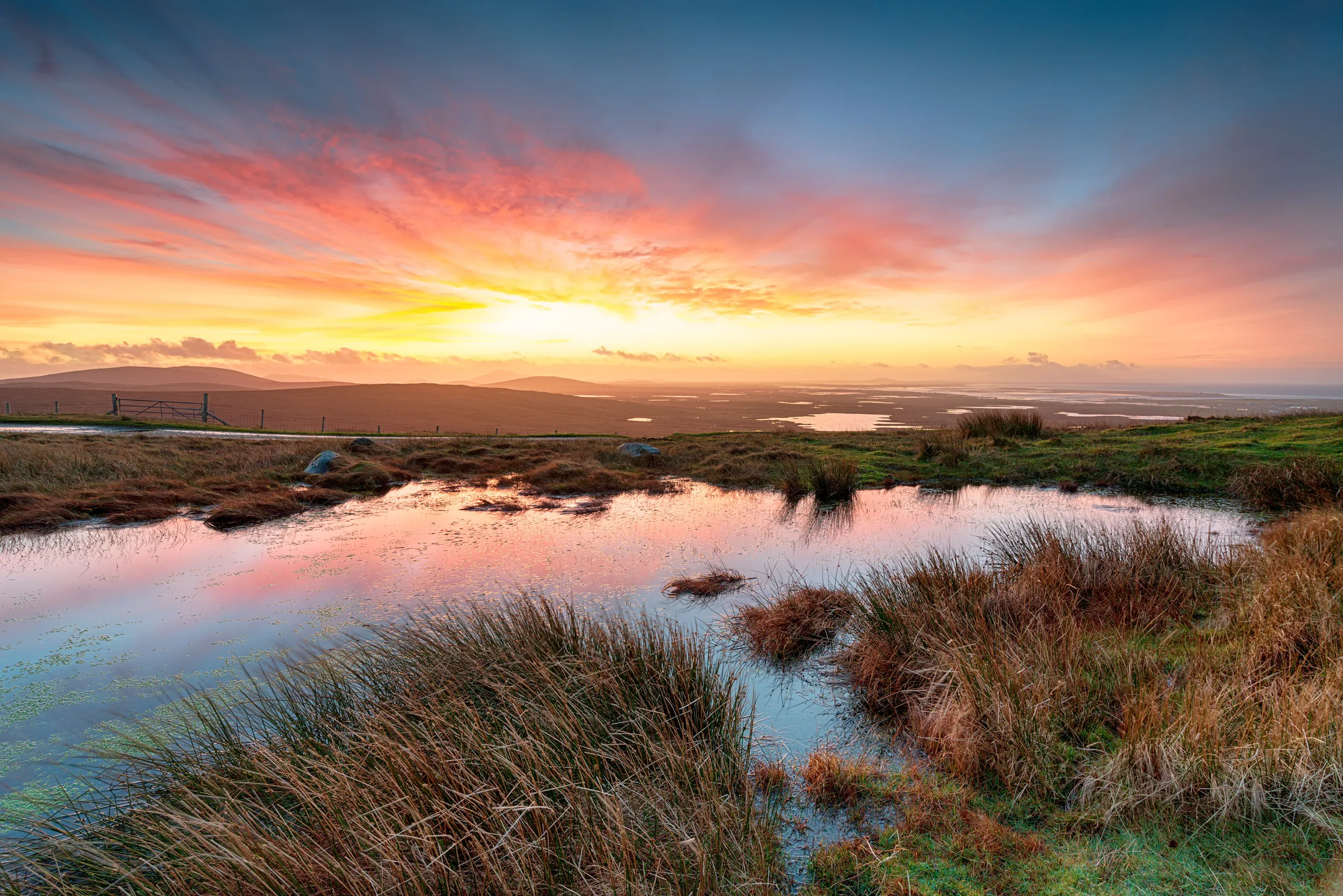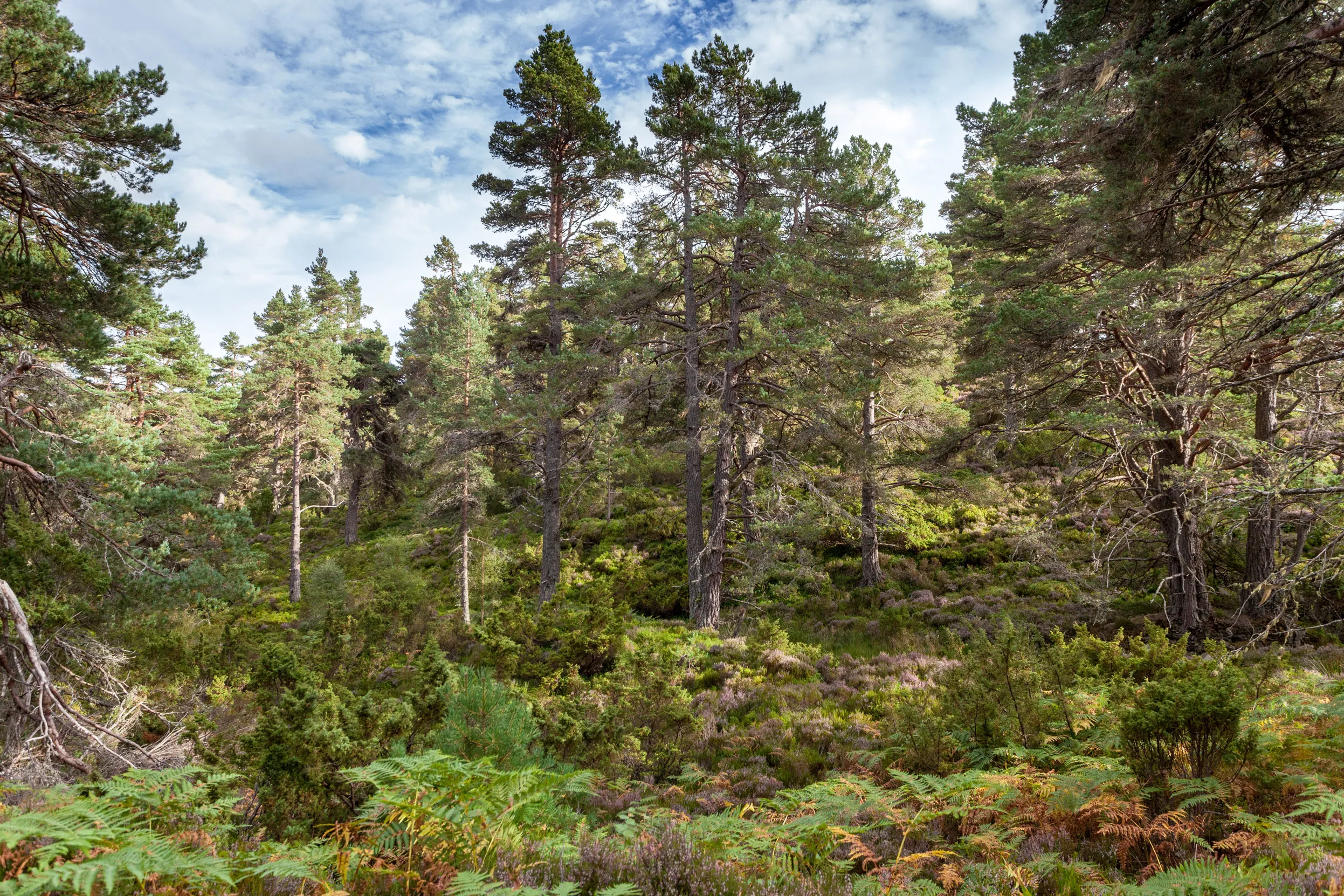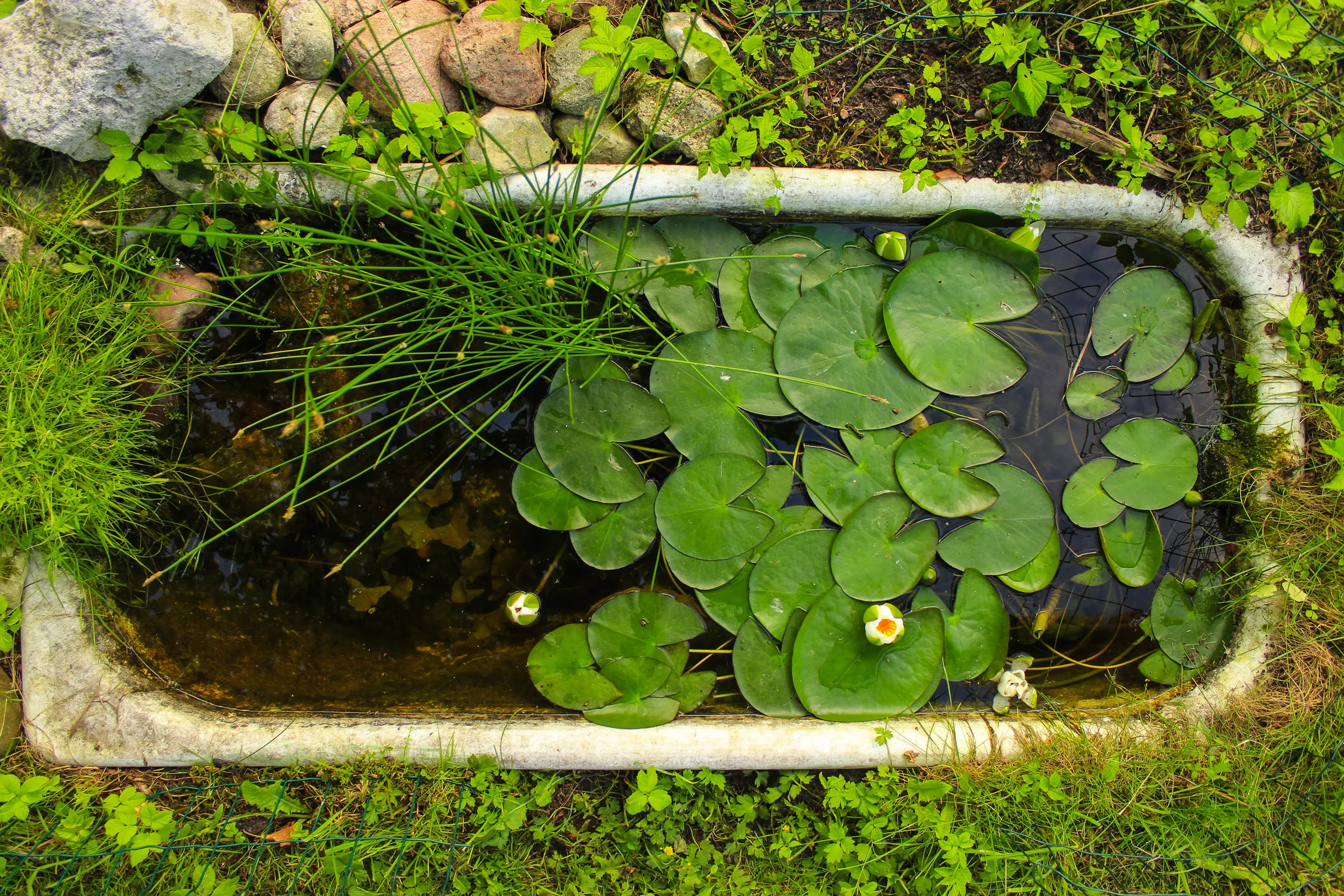News
A win for Wiltshire’s wildlife as new RSPB nature reserve announced
A cornucopia of chalk grassland-loving blooms, bees, butterflies and birds set to benefit.
There has been a lot of talk of nature-based solutions recently, and this is likely to increase with the international conference CBD COP15 on the horizon. But what are they, and why should we care?
.jpg)
Well, in the broadest sense, they are what nature can do – and is already doing - to help us deal with some of the world’s biggest challenges.
The climate crisis. Extreme weather. The huge decline in our wildlife and their habitats. Air pollution. Water pollution. Degraded soils. Mental health. We could go on…
Nature does amazing things for us every day, without us even realising. By protecting, restoring or creating thriving natural habitats such as native woodlands, coastal wetlands, peatlands and by bringing more green spaces into our towns and cities, it can play a part in fighting the climate crisis as well as benefitting, people and our wildlife.
Let’s take each in turn.
We know the world is getting hotter because of the carbon released into the atmosphere when we burn fossil fuels – such as by heating our homes, travelling in cars and planes or producing many of the things we buy. We must reduce our emissions fast, but our wild spaces, such as our forests, wetlands and peatlands can play a part by sucking up and locking away huge amounts of carbon, giving us a natural way of preventing some of it getting into the atmosphere.
Extreme weather such as, storms, flash flooding and severe heatwaves are happening right now, but natural features and landscapes can help protect us. For example, coastal wetlands help to reduce the impact of tidal surges and native woodlands slow down rainfall entering rivers, both of which can prevent our homes from flooding. Building homes with green walls and roofs can keep them cooler in summer and warmer in winter, reduce noise pollution and absorb rainwater to help prevent flash flooding.
But it doesn’t stop there, if done correctly nature-based solutions can improve our health by cooling our cities and by giving us cleaner air and water. They can boost our mental health and wellbeing by providing new green spaces to explore. They can create new jobs, for example in green tourism, and boost local economies.
By looking after and creating more green spaces such as forests and peatlands that help us tackle major challenges like climate change, it also creates vital homes for our wildlife which is in real trouble. For example, more than a quarter of our birds could be lost within our lifetime. Curlews, Hares, Hen Harriers and even insect-eating sun dew plants thrive on peatlands. Ancient woodland is perfect for Red Squirrels, Goshawks and the endangered Willow Tits. Saltmarsh is home to thousands of wading birds. You get the picture!

The problem is we have lost or damaged many of these amazing habitats. For example, half of our native woodland and 97% of our meadows and grassland has been lost since World War Two. Our poorly managed peatlands can actually release carbon if they are not restored to their former glory. For nature to be a solution we need new laws and funding to urgently protect, restore and create new natural habitats.
Yes and no. This is about carefully choosing the right ways to work with nature so it benefits us, our wildlife and our planet in the best ways possible. Creating and restoring woodland is definitely a nature- based solution – BUT it must be the right tree in the right place. For example, if we plant non-native trees on peatland that would be a backwards step as it would result in a lot of the carbon previously locked up in the peatland being released. Instead we should be looking to restore our peatlands and plant native trees in more suitable places. Central to this must be consultation to listen to the thoughts and opinions of local communities.

Nope! This is very much a team effort. We need to drastically reduce our reliance on fossil fuels AND allow nature to thrive – only then can we get close to stopping and then reversing the effects of climate change.
Only if they are done in the right way – benefitting the planet, people and wildlife - and the companies themselves have high green and ethical credentials. They must also have a targeted plan to reduce their carbon emissions in line with global climate commitments and clearly demonstrate how they are doing this.
Nature-based solutions can potentially be used to “offset” the remaining emissions if it is not currently possible to eliminate them. But it is wrong to think nature-based solutions are an easy fix - they should only be used in addition to, not instead of, phasing out fossil fuels.
The RSPB’s research shows that if we restore and create new peatlands, saltmarshes and woodlands over the next century it could generate benefits worth £176 billion to the UK economy. This is because of the carbon this would lock away, the clean air created by woodlands and trees and the recreational economic impact of creating new places to enjoy.
It doesn’t even factor in the many of the other potential economic benefits – such as biodiversity protection, improving water quality, flood management, reducing noise pollution and the jobs which would be created.

For a start we’re challenging our governments to dedicate more funding to them. Right now, nature-based solutions only receive 2.5% of climate change funding worldwide, which is not enough to protect the future of our planet. We also need governments to put in place the right policies to support more nature-based solutions on the ground.
We are also championing the delivery of high-quality nature-based solutions. This means that any actions labelled as NbS are done in ways that benefit nature and the support the rights of Indigenous Peoples and local communities, following the NbS Guidelines. We want to see the UK championing the need for this high-quality action both in the UK and across the globe.
By working with partners and communities we have already had some real success stories. Here’s one…
In West Sussex coastal flooding was posing a serious threat to the towns of Selsey and Pagham. The 3KM shingle flood bank was regularly breached and in 2008 floods caused £5 million of damage.
The solution was to create a huge area of saltmarsh which now provides significantly better flood protection than before. But it also attracts green tourism to the area, allows caravans parks to extend their season and is already becoming a natural fish nursery to help sustain the local fishing fleet. It is also a haven for wildlife, with many species returning to the area, including Avocets.
We made a video about the story of its creation.
More information on some of the other projects we have been involved with are below.
As part of the Co-operation Across Borders for Biodiversity (CABB) project, RSPB NI - in partnership with RSPB Scotland, BirdWatch Ireland, Butterfly Conservation, Northern Ireland Water and Moors for the Future - has restored and repaired approximately 2,000 hectares of peatland in the Garron Plateau in County Antrim. As a result of restoration, the site is avoiding 9,000 tonnes of carbon emissions annually. As well as improving carbon storage, this investment has helped improve raw water quality, reducing the need for (and costs of) water treatment, and created improved habitat for declining species including curlews, hen harriers and marsh fritillaries. Valuing our Peatlands shows that every £1 invested in peatland restoration delivers nearly £4 of public benefits.

The more people who support and shout about the benefits of nature-based solutions, the more chance we have of the UK governments supporting our proposals.
Or why not join our campaigning team?
Another way you can make a real difference is by transforming your own outdoor space into a perfect place for nature to thrive. Our Nature on Your Doorstep pages have some great ideas and tips.
